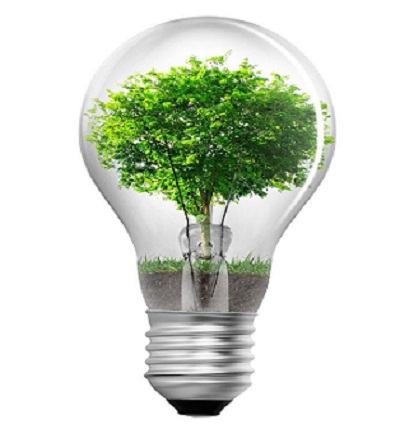
Call it what you will — human-centric lighting, circadian lighting, lighting for biology, or choose your own catchphrase. But whatever you call it, there's no escaping the claim that properly tuned lighting can foster desirable conditions in human beings throughout a 24-hour period.
Interested in articles & announcements on tunable technology for human-centric lighting applications?
And there's no light source as "tunable" as an LED, a light-emitting diode which, by virtue of its digital nature, can deliver light at made-to-order color temperatures, spectral power, color, and brightness.
Simply put, human-centric lighting can stimulate people during the morning and afternoon when alertness is in order, and it can relax them at night. It can tune to the same levels that the Sun delivers, and thus reinforce the circadian rhythm that millions of years of sunrises and sunsets and 24-hour periods of day and night have instilled.
If designers also mix in as much natural daylight as possible to a palette of LED hues, the ramifications are enormous. Common sense says that stimulation and thus alertness could buoy learning and productivity. Relaxation could aid sleep. Conversely, the wrong light at the wrong time could ruin those things. Some researchers believe it contributes to cancer, diabetes, and other maladies.
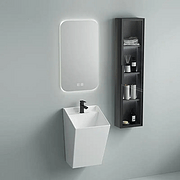
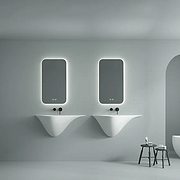
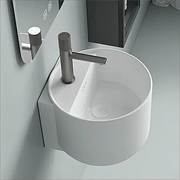
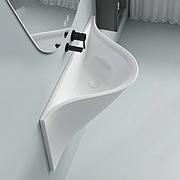
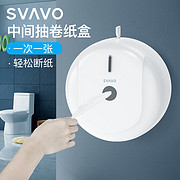





Service Hotline
Work Time:Mon-Fri 9:00-18:00
UTC+8

Sinoexpo Digital Platform
Copyright 2006-2024 Shanghai Sinoexpo Informa Markets International Exhibition Co., Ltd. All rights reserved
沪ICP备05034851号-77
 沪公网安备 31010402000543号
沪公网安备 31010402000543号